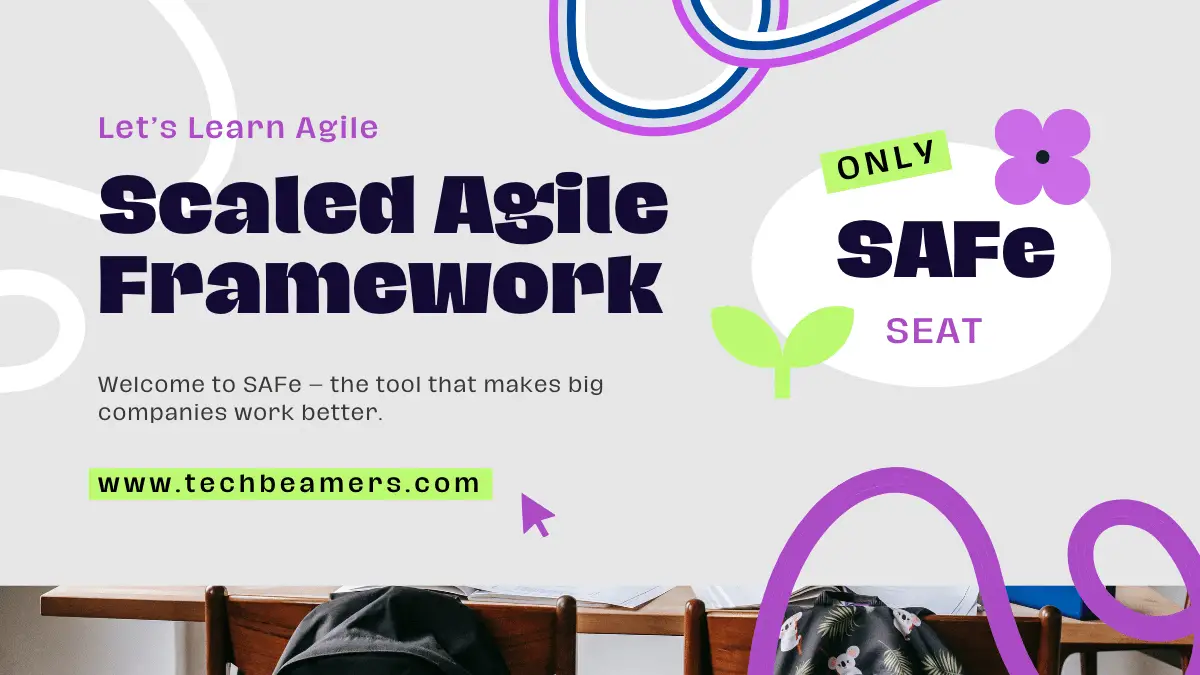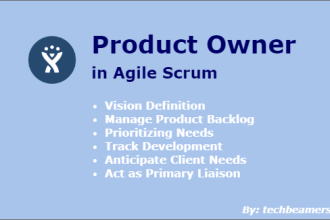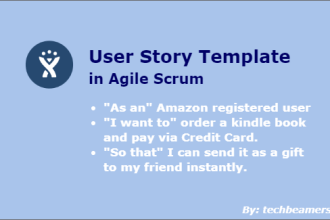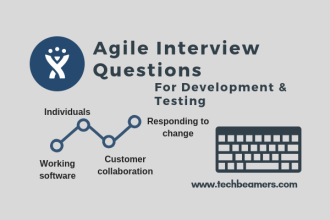Welcome to SAFe – the tool that makes big companies work better. SAFe, or Scaled Agile Framework, is like a guidebook for teams in large companies.
Understand Scaled Agile Framework
SAFe is an agile-based framework that includes several improvements over the standard prcoesses. It helps them collaborate, learn continuously, and make customers happy. SAFe acts as a coach for teams, ensuring they work well together. It’s a plan that leads teams to coordinated efforts and success.
What is Scaled Agile Framework?
With SAFe, teams unite their powers, create valuable features for customers, and measure success with speedometers and timely surprises. Let’s explore the straightforward world of SAFe together!
Scaled Agile Basics
- Overview: SAFe is like a big toolbox for making work better in large companies.
- Example: Imagine a company building software with many teams. SAFe helps them work together better.
Main Ideas of SAFe
- Idea 1: Think Lean and Agile: SAFe wants companies to keep learning and improving all the time.
- Idea 2: Use Lean and Agile Everywhere: SAFe takes good ideas from Lean and Agile and uses them in big companies.
- Example: Picture a company making software faster and better by following SAFe’s ideas.
Parts of Scaled Agile
Part-I Big Picture
- Overview: SAFe has a big picture that shows how everything fits together, like puzzle pieces.
- Example: Think of many teams working together like a big orchestra playing beautiful music.
Part-II Roles
- Role 1: SAFe Scrum Master: This person helps teams work better and follow SAFe rules.
- Role 2: SAFe Product Owner: This person speaks for customers and makes sure they get what they need.
- Example: The SAFe Scrum Master is like a coach for teams, and the Product Owner is like a customer ambassador.
Part-III Meetings
- Meeting 1: Big Planning Day (PI Planning): Teams plan what they’ll do for the next few months.
- Meeting 2: Fixing and Improving (Inspect and Adapt): Teams meet regularly to talk about what’s going well and what needs fixing.
- Example: Imagine a day when all teams plan together, like a big family meeting.
How SAFe Works in Real Life
Step-I Teams Work Together
- Overview: SAFe gets teams to work together on big projects.
- Example: Think of teams working on a big project like a train with many carriages all going in the same direction.
Step-II Make a List
- Program Backlog: A list of important things teams need to do.
- Features: Special things teams make that customers will love.
- Example: Picture a to-do list with important tasks, like making a new feature for customers.
Step-III Build a Portfolio
- Portfolio: A collection of big plans for different projects.
- Value Stream: How teams make something and give it to customers.
- Example: Imagine a company with many big plans (portfolio) and how they make things for customers (value stream).
How to Tell if SAFe Is Working
Metrics to Check
- Velocity: How fast teams work and get things done.
- Release on Demand: How often teams give customers new things.
- Example: Look at how fast teams are working (velocity) and how often customers get new things (release on demand).
Examples
- Example 1: Watching how fast teams work over a few months to see if they’re getting better.
- Example 2: Checking how often customers get new things to see if they’re happy.
Fix Problems and Make SAFe Better
Check Problems
- Problem 1: People Don’t Like Change: Some people might not like new ways of working.
- Problem 2: Hard to Talk to Everyone: In big companies, it can be hard to talk to everyone.
- Solution: Tell everyone about the changes and talk to people a lot.
How to Fix
- Story: A big company changed to SAFe, and some people didn’t like it.
- Solution: The company slowly changed things and talked to people a lot until everyone liked it.
Make SAFe Work for Your Company
Use Cases
- Scenario 1: If your company builds things, you might change SAFe a little to fit better.
- Scenario 2: If your company gives services, you might change SAFe a little to fit better.
- Example: Imagine making SAFe fit your company, like adding your own special sauce to a recipe.
Guidelines
- Guideline 1: Do What’s Best for Business: Change SAFe so it helps your business the most.
- Guideline 2: Let Teams Help Decide: Teams should help choose what works best for them.
- Example: Make SAFe work for your business by changing things a bit.
More Info for People Using SAFe
Get Certificates
- Certificate 1: SAFe Agilist (SA): For big bosses making important decisions.
- Certificate 2: SAFe Scrum Master (SSM): For people who help teams work better.
- Example: If you want to show you know SAFe, get certificates to prove it.
Where to Learn
- Resource 1: SAFe Community: Talk to other people who use SAFe for advice and tips.
- Resource 2: SAFe Big Picture Poster: Use the Big Picture Poster to help you remember everything.
- Example: Join the SAFe community to chat with others and keep the Big Picture Poster handy for quick reference.
Here are a few more resource for you to deep dive into the Agile framework.
User Story Template in Agile Scrum
Product Owner in Agile Scrum
Summar: Scaled Agile Framework
SAFe might sound big and complicated, but it’s like a big toolbox making work better for big companies. This guide has explained the main ideas, how it works in real life, and even how to fix problems.
Remember, SAFe is not a one-size-fits-all. You can change it a bit to make it work perfectly for your company. So, go ahead, explore SAFe, make it work for you, and enjoy the benefits!
Lastly, our site needs your support to remain free. Share this post on social media (Linkedin/Facebook) if you gained some knowledge from this tutorial.
Enjoy learning,
TechBeamers.





